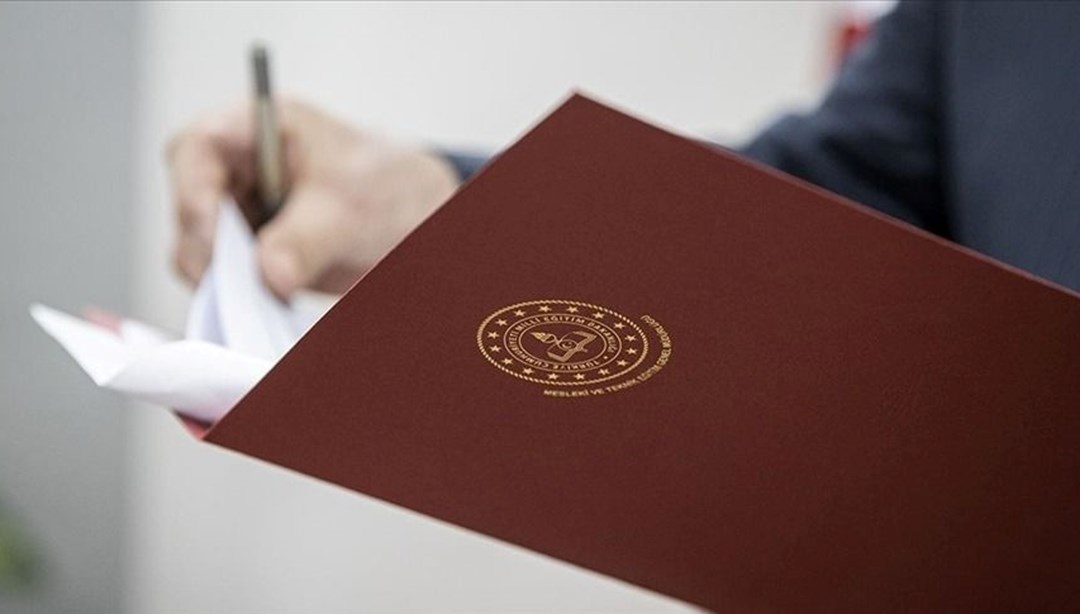Guns and public health in the U.S., 25 years after Columbine

May 2, 2024 – Federal gun laws have been weakened, state laws are a patchwork, and the U.S. still has more gun deaths per capita than any other high-income country. But firearms researcher David Hemenway, professor of health policy at Harvard T.H. Chan School of Public Health, sees reasons for hope.
Q: It’s been 25 years since the Columbine High School shooting. Would you say gun control in the U.S. has improved, gotten worse, or stayed relatively the same?

A: Gun laws have become much weaker in the United States. In most other countries, when there’s a big mass shooting, it’s a time to examine your gun laws and make them stronger. Australia did that and has been incredibly successful in terms of reducing gun violence. New Zealand did that more recently. The United Kingdom did that. For the U.S., it’s been the complete opposite. At the federal level, our gun laws are now much weaker than they were in 1999. We eliminated the assault weapons ban. We gave the gun industry incredible protections against lawsuits. I don’t know of any other industry that is so well protected against tort liability.
At the state level, some states like Massachusetts have strengthened their gun laws. But the problem is the states with the worst problems, the states that export their guns to Massachusetts and other countries for criminals to use, have weakened their gun laws. There is now permitless carry [laws that allow people to carry firearms in public places without a permit] in more than half the states. There are stand-your-ground laws where you can defend yourself using deadly force not because you have objectively been threatened, but because you feel unsafe. In the last 25 years our gun homicide rate has increased 70%. Our gun suicide rate has increased 33%. We used to be a real outlier compared to all the other high-income countries. We had much higher rates of gun deaths per capita than any other high-income country. Over the last 25 years, our gun fatalities have increased dramatically while other high-income countries on average have reduced their gun death rates. We’re now even more of an outlier.
Q: What are some success stories from taking a public health approach to reducing gun violence? What are some of the challenges to reducing harm from guns compared with, for example, lowering the number of motor vehicle deaths?
A: One of the things that I’m very happy about is that there’s more understanding about the usefulness of the public health approach. It’s becoming accepted that gun violence is not just a criminal problem and gun suicide is not just a mental health problem, they are serious public health problems.
The broad public health approach is being used more and more. A good example is in suicide. Twenty-five years ago, suicide experts focused on people’s mental health. Why are people attempting suicide? Now the evidence is so overwhelming that every suicide expert understands the importance not only of the why of suicide, but also the how—the means of suicide, the methods—that if there are guns around, it’s much more likely that the person will die in a suicide attempt. So one way to reduce suicide is to make sure that when people are at risk, that they don’t have easy access to highly lethal suicide methods—like guns.
In most of the public health success stories in injury prevention, it’s been about changing the product, not in changing people. It’s hard to change people. The big successes in reducing motor vehicle deaths were not due to getting people to be better drivers—that helped a little, to try to get people to not drink and drive. But the main reasons for the large reductions in deaths per mile driven over the past century are that cars and roads are so much safer now. Unfortunately, by contrast, guns have gotten more dangerous—they’re much more lethal. They can quickly kill many more people. There are many more handguns now than there used to be, as opposed to long guns. And the industry has done little to try to reduce the problem. Indeed, they have tried to prevent scholars from even studying the problem.
Q: What gives you a reason for hope?
A: There’s been some good things happening. Data and research can really make a difference. We finally have a complete National Violent Death Reporting System, a system that provides good circumstantial data on every violent death in the United States. We now have information on the circumstances of every suicide, not just the demographics of the victim. That’s really helping us begin to understand what policies and programs can be effective.
For 25 years there was very little funding for gun research. Now there’s more funding by the federal government and more foundations are stepping forward, like the Robert Wood Johnson Foundation, which has provided our group with five years of funding. There are three state governments that are now funding gun research. There are hospitals, like Massachusetts General Hospital, that are funding gun research. Ten years ago, when there was a meeting of gun researchers throughout the United States, we had maybe 20, 25 people show up. At a recent meeting of gun researchers, there were 750 of us.
Until recently, if a student wrote one of their dissertation papers about guns, I would say, this is really good but you can’t make a living doing this type of research. You can’t be in a soft money school [a school in which researchers are funded through grants] and be a gun researcher because there’s no money. So you have to do something else. Now I don’t have to say that. Now I can say it’s possible to actually make a career conducting research on how to reduce one of our most serious public health problems—gun violence.
Photos: iStock/artas; Harvard T.H. Chan School of Public Health
EN SON TV sitesinden daha fazla şey keşfedin
Son gönderilerin e-postanıza gönderilmesi için abone olun.







.jpg)









